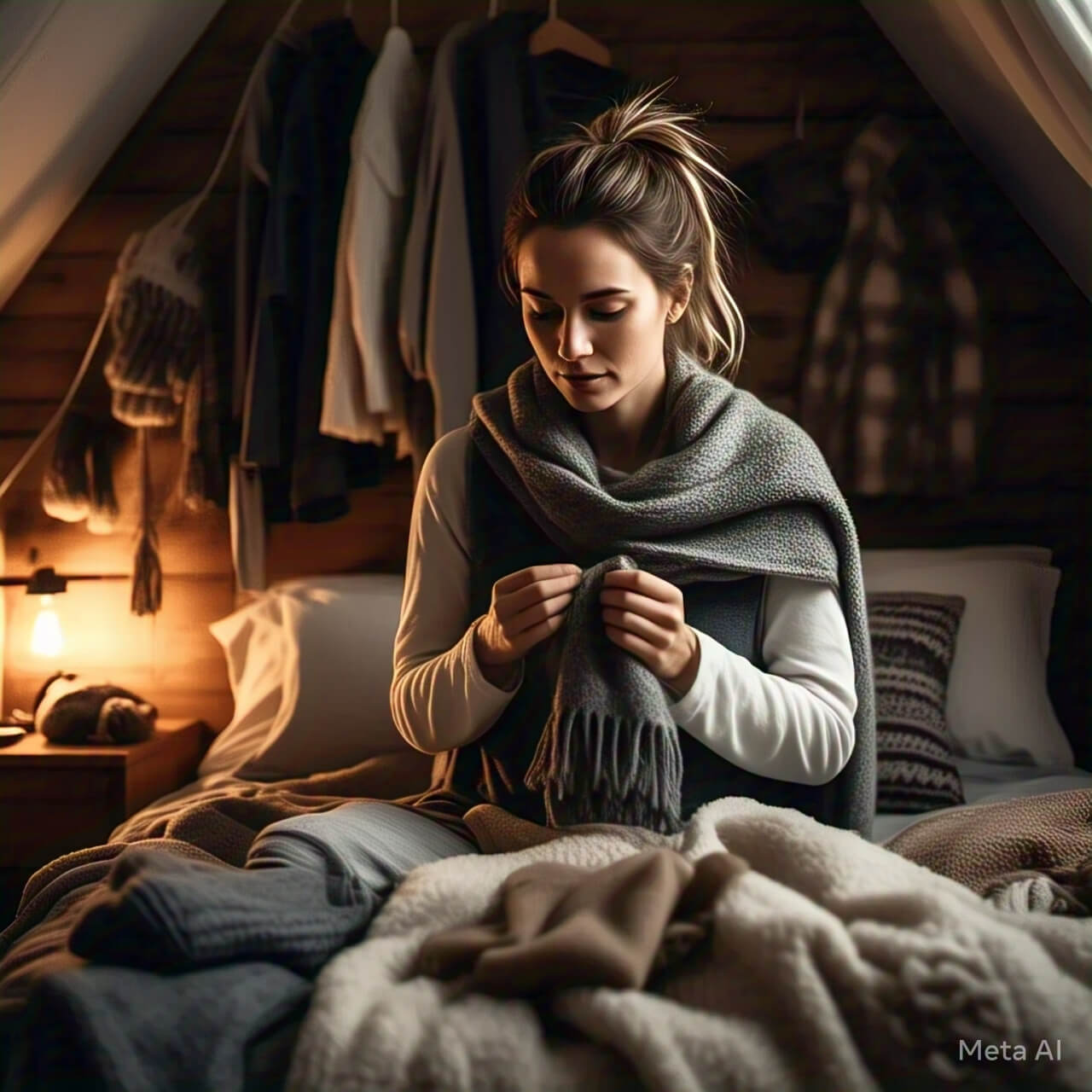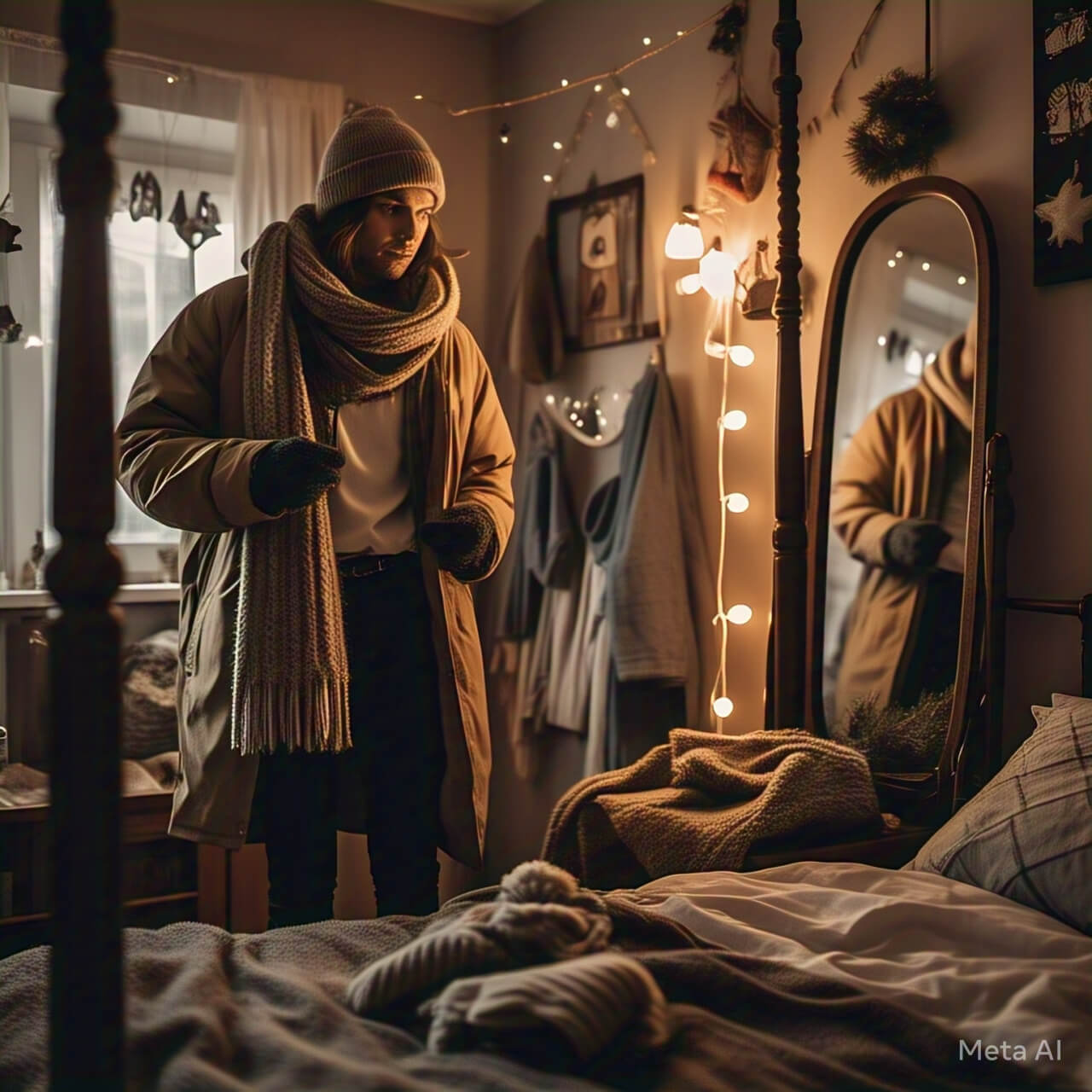How to layer clothes for winter: Winter can be freezing, but wearing the right layers keeps you warm and comfortable. Layering clothes means putting on multiple thin pieces instead of one thick jacket. This traps heat better and lets you adjust if it gets too hot or cold. Start with a thin base layer that wicks sweat away, like thermal wear or merino wool. Add a middle layer for insulation, such as a fleece or sweater. The outer layer should block wind and rain, like a waterproof jacket. Avoid cotton as it holds moisture and makes you colder. Instead, use wool or synthetic fabrics. Layering also lets you mix and match styles while staying cozy. Whether you’re outside for work or fun, the right layers make winter easier.

10 Simple Tips for Layering Clothes in Winter
- Start with a thin base layer.
- Avoid cotton—it stays wet.
- Use wool or synthetic fabrics.
- Add a warm middle layer.
- Wear a windproof outer layer.
- Adjust layers if you feel hot.
- Cover your neck and wrists.
- Use thermal socks for feet.
- Wear gloves and a hat.
- Layer loosely for better warmth.
1. Why Layering is Better Than One Thick Jacket
Wearing one heavy jacket might seem warm, but layering works better. Multiple thin layers trap heat between them, keeping you warmer. If you get too hot, you can remove a layer. A single thick jacket doesn’t let you adjust easily. Layers also help in different weather—add more if it’s colder, remove some if you’re indoors. This makes layering flexible and practical for winter.
2. Choosing the Right Base Layer
The base layer touches your skin, so it should be soft and moisture-wicking. Avoid cotton—it absorbs sweat and makes you cold. Instead, use merino wool or synthetic fabrics like polyester. These materials dry fast and keep you warm even when wet. A good base layer fits snugly but isn’t too tight.
3. The Best Middle Layers for Insulation
The middle layer keeps you warm by trapping body heat. Fleece, down, or wool sweaters work well. If it’s very cold, use a puffer jacket as a middle layer. Make sure this layer is breathable so you don’t overheat.
4. Picking the Perfect Outer Layer
The outer layer protects you from wind, rain, and snow. A waterproof and windproof jacket is best. Look for features like a hood and adjustable cuffs. A good outer layer should be slightly loose to fit other layers underneath.
5. Avoiding Common Layering Mistakes
Some mistakes make layering less effective. Wearing cotton as a base layer is bad—it holds moisture. Tight layers restrict blood flow, making you colder. Too many layers can cause overheating. Balance is key.
6. Layering for Extreme Cold Weather
In very cold places, add an extra insulating layer. Use thermal leggings under pants. Wear a scarf and balaclava for face protection. Thick gloves and insulated boots help too.
7. Layering for Outdoor Activities
If you’re hiking or skiing, choose moisture-wicking fabrics. Layer up when resting, remove layers when moving. A breathable outer layer prevents sweat buildup.
8. Layering for Work or Office Wear
For office wear, use thin thermal layers under shirts. A wool blazer works as a middle layer. A stylish coat can be the outer layer.
9. How to Stay Warm Without Looking Bulky
Use thin, warm fabrics like merino wool. Fitted layers look sleek. Avoid too many thick sweaters—opt for lightweight down jackets.
10. Adjusting Layers Throughout the Day
Weather changes, so adjust layers accordingly. Remove a layer if you’re indoors. Add one if it gets colder outside.

FAQs About Winter Layering
| Question | Answer |
|---|---|
| Can I wear cotton in winter? | No, cotton holds moisture and makes you cold. |
| How many layers should I wear? | Usually 3 layers: base, middle, and outer. |
| What’s the best fabric for base layers? | Merino wool or synthetic fabrics. |
| Do I need a waterproof outer layer? | Yes, to block wind and rain. |
| Can I layer for fashion and warmth? | Yes, use stylish but warm fabrics. |
This guide helps you stay warm and stylish in winter. Follow these tips for the best layering results.


